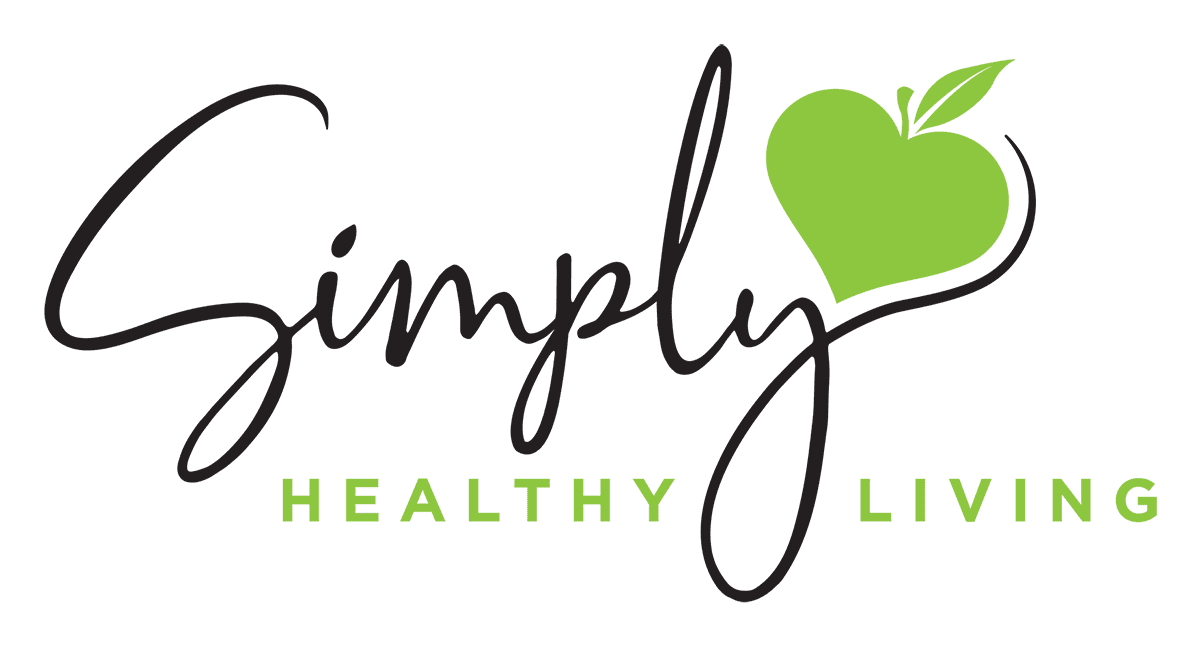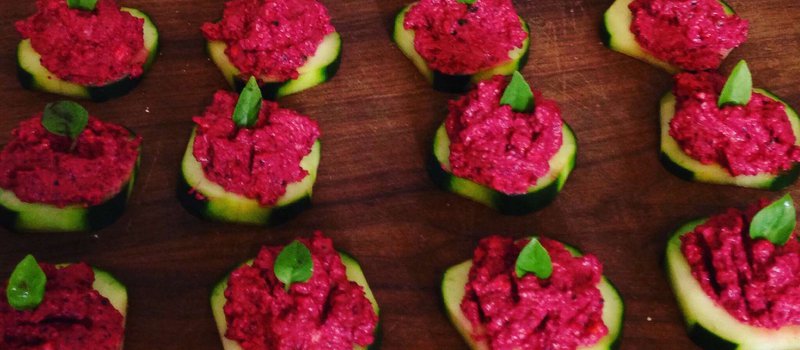The first step to cooking and eating more healthy is by shopping smarter!
Let me help with these 5 simple tips…
The truth is, we have our grocery shopping routine. We walk in and know exactly what we came for and where to go to find it. We usually stick to the same 12 core items. But are these your best choices?
1. Read the ingredients:
As a Holistic Nutritionist, my main concern is good quality food. I do not worry about the nutrition label, or the clever package marketing, but I focus on the ingredients list. Why?
Counting calories, sugar, fat, etc. can get overwhelming and time consuming. I am all about Simply Healthy Living. I believe, if you eat whole, natural foods, your body has the tools needed to manage and process those ingredients. This will ensure all bodily functions are efficient and promote overall wellness. You should not need a chemistry degree to interpret the label. Check out these hints:
If sugar, or any of the following related products are listed as one of the first 3 ingredients on a package, the food item is high in sugar and should be avoided or limited:
· dextrose, fructose, glucose, sucrose, maltose – anything ending in -ose
· evaporated or raw cane sugar
· brown sugar
· corn syrup, high-fructose corn (or maize) syrup
· malt sugar
· molasses
· fruit concentrate
· any “syrup” (e.g. brown rice syrup, malt syrup)
You will also want to avoid the Scary 7 when and wherever possible:
[ref: http://naturallysavvy.com/eat/7-scary-food-additives-to-avoid]
✘ High-fructose corn syrup: also called HFCS or glucose-fructose
✘ Trans fat: mono- & diglycerides, partially hydrogenated or hydrogenated oils, shortening
✘ MSG: monosodium glutamate, can be also included with natural flavours
✘ Artificial flavours
✘ Artificial colours
✘ Artificial sweeteners: Aspartame, Sucralose, Saccharin, and many more
✘ Preservatives: BHA, BHT, TBHQ, sodium benzoate, nitrates, sulfites, polysorbate 60/65/80
Lastly, and probably most simply — if you can’t pronounce it, don’t eat it!
2. Choose Organic:
I know there is much debate on this topic, but I do support organic farming. I prefer to reduce my exposure to pesticides as much as possible. I also appreciate that organic farming has less impact on our environment. Research has shown that organic foods do have substantially more antioxidants, that is a natural by-product of it’s own defence system. I also want to avoid GMO foods and choosing organic ensures this for me.
NOTE ON SHOPPING FOR ORGANICS:
If you’re considering switching to more organic foods, a good starting point is with the DIRTY DOZEN (attached below). Then you could consider swapping some meat and dairy choices for their free-range, organic counterparts. Also, whenever possible – buy local. The less travel time, the higher nutrition content.
Get your free guide to the Dirty Dozen and Clean Fifteen from EWG
3. Eat The Rainbow:
This is my basic rule of thumb: “eat the rainbow”. It is the simplest way to ensure you are getting sufficient vitamins, minerals, phytonutrients, and amino acids. The basic building blocks to our physical health. Be sure to incorporate all the colours on your next shopping trip.
Fruit:
Green: green apples, green grapes, kiwi, avocado, limes
Orange/Yellow: oranges, grapefruit, lemons, pineapple
Red: Strawberries, cherries, cranberries, raspberries
Blue/Purple: plums, blueberries, prunes, figs
White/Brown: pears, bananas, white peaches
Vegetables:
Green: kale, Swiss chard, arugula, broccoli, asparagus, peas
Orange/Yellow: carrots, bell peppers, sweet potato, squash
Red: bell peppers, apples, red onion, beets
Blue/Purple: eggplant, purple cabbage, purple cauliflower
White/Brown: cauliflower, garlic, onion, mushrooms, parsnips
4. Stock up on healthy pantry staples: for cooking, seasoning & nutrition-boosting: We often neglect to think about these additions, but they can make or break a healthy meal.
Healthy/Good Fats & Oils:
Avocado oil: great for salad dressings
Nuts & Nut Butters: peanuts, almonds, Brazil, pistachios, pecans, macadamia, raw and unsalted is best
Cashews: very high in fat, watch portion size
Sesame seeds, pure oil & Tahini/sesame butter
Pumpkin seeds & butter
Sunflower seeds & butter
Hemp hearts, unshelled seeds, oil & butter
Chia seeds & oil: look for new sprouted varieties
Flax seeds, ground & oil – do not heat; store in opaque container in fridge
Walnuts & oil – do not heat
Extra Virgin Olive Oil (EVOO) – low/medium heat only
Coconut Oil, virgin – good for medium/high heat cooking
Real butter or Ghee – clarified butter in Ethnic Foods section; good for high heat cooking; grass fed best
Condiments:
Lemons & limes – for juice, zest & rind
Fresh & dried spices – especially turmeric, curry, cinnamon, ginger, sage, oregano, basil, garlic, cilantro, black pepper, cloves & all types chilis
Raw Cacao powder and/or nibs – Love this in my yogurt bowls
Dehydrated coconut, unsweetened – healthy fat to add to smoothies or yogurt bowls
Dried fruit like dates, cranberries, raisins – great to satisfy a sweet craving
Apple Cider Vinegar – raw, unpasteurized with cobweb-like ‘Mother’
Bragg’s Liquid Aminos (wheat free) or coconut amino’s = wheat and soy-free option
Nutritional Yeast – savory, tastes cheesy; great for popcorn, salads, soups, stews
Himalayan pink or grey/Celtic sea salt
No-salt dried herb seasoning (like Herbamare)
5. Choose good quality proteins:
Try to consume more plant proteins (they are less acid forming):
Dried or Canned Beans: black, white & red kidney, navy, pinto, and so many more! (I prefer dried to avoid BPA and other chemicals used on the cans.) Hint: Cook a large batch and freeze in portions.
Garbanzo/Chickpeas: great for hummus, salads, and stews
Lentils: red, green, brown, yellow and black
Soy products: organic & fermented is best like tempeh & miso paste, edamame & tofu
Chia seeds, quinoa, and amaranth are grain-like but high in protein
When choosing animal sources (use in moderation):
Eggs – free-range and/or organic
Beef, bison & game meats – look for grass-fed
Bone broth, all kinds – best to source or make from grass fed, organic bones
Chicken & Turkey – look for free-range
Fish & Seafood: look for sustainable and wild if possible, check out the Sustainable seafood list: www.seafoodwatch.org
✘ Processed meats like deli slices, hotdogs, bacon, salami, etc. they are high in sodium and contain nitrites, a known carcinogen
Dairy:
– organic &/or grassfed milk, yogurt & cheese
– beware “modified milk ingredients” and other additives
– kefir = fermented milk that is very high in probiotics so a little goes a long way!
|
|
|


